Everything You Need to Know About DALL-E 3
The perfect automatic image generator
5 min. read
Updated on
Read our disclosure page to find out how can you help Windows Report sustain the editorial team. Read more
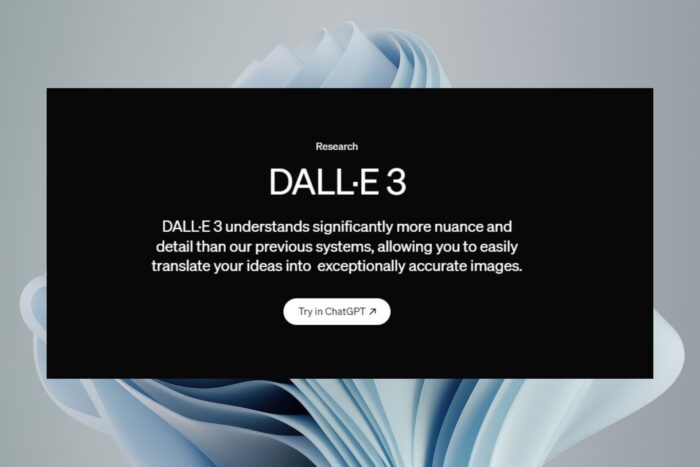
OpenAI has evolved since it first came out and although there have been many iterations, DALL-E 3 has been a show-stopper.
But what makes DALL-E 3 stand out? Aside from content generation, this iteration’s main feature is text-to-image generation. You can simply enter a text prompt describing an image and it will generate it for you. It is available on ChatGPT, Teams and Enterprise users.
What are the key DALL-E 3 features?
1. Image generation
Let’s face it, creating images from scratch or spending hours on end on the internet to find a matching image for your content can be a daunting task. It is also time-consuming and worse still, the end result may still be subpar.
With DALL-E 3, you have the ability to generate breathtaking images in seconds. And you don’t even have to type out lengthy descriptions. A few keywords will give you a high-quality image in seconds. Check out how our encounter with DALL-E 3 text-to-image generation went.
- Open Bing Image Creator from any browser.
- Click Join & Create.
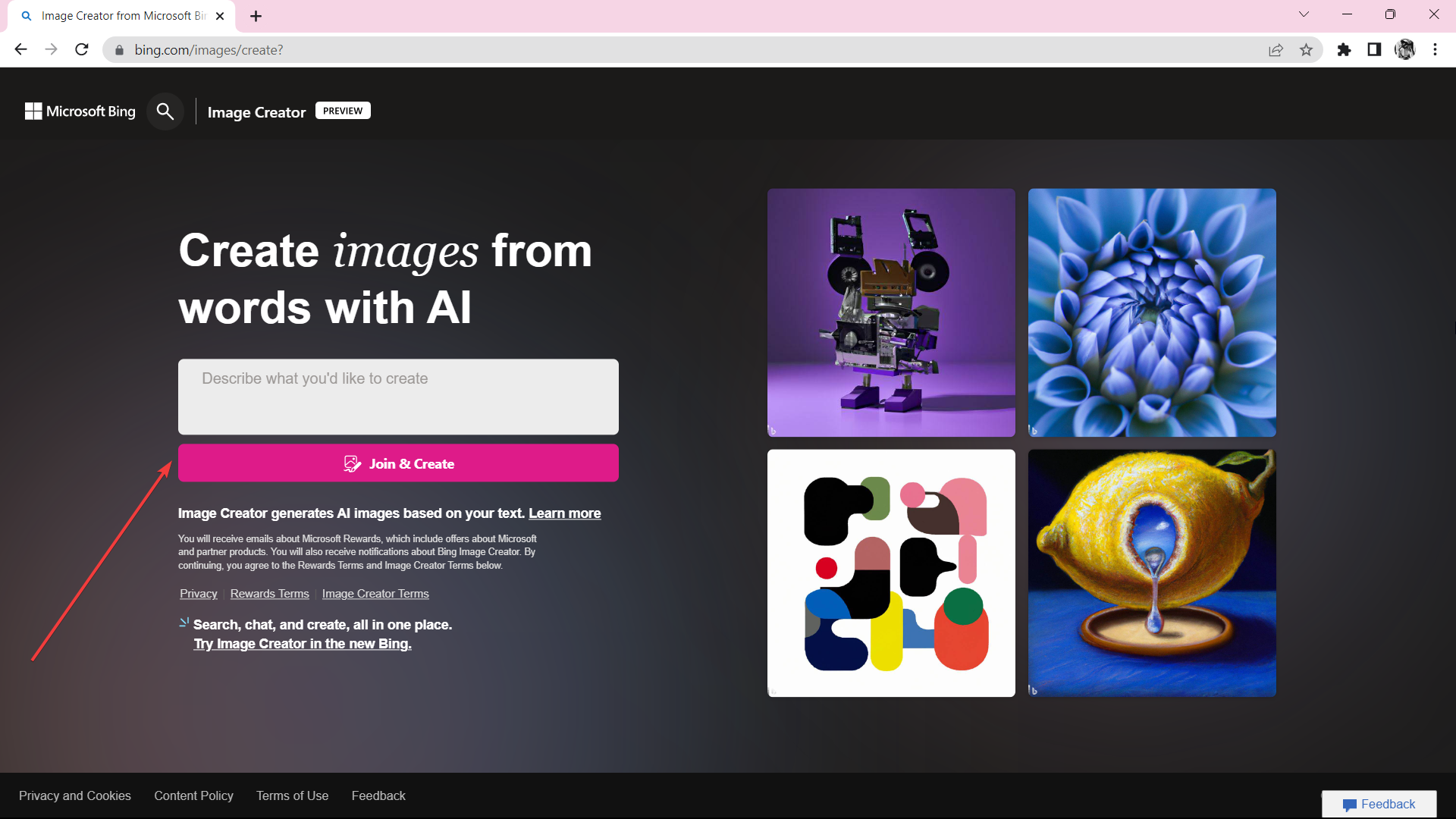
- Enter your Microsoft account’s email and password.
- Type the prompts that you want to create, then hit Create.
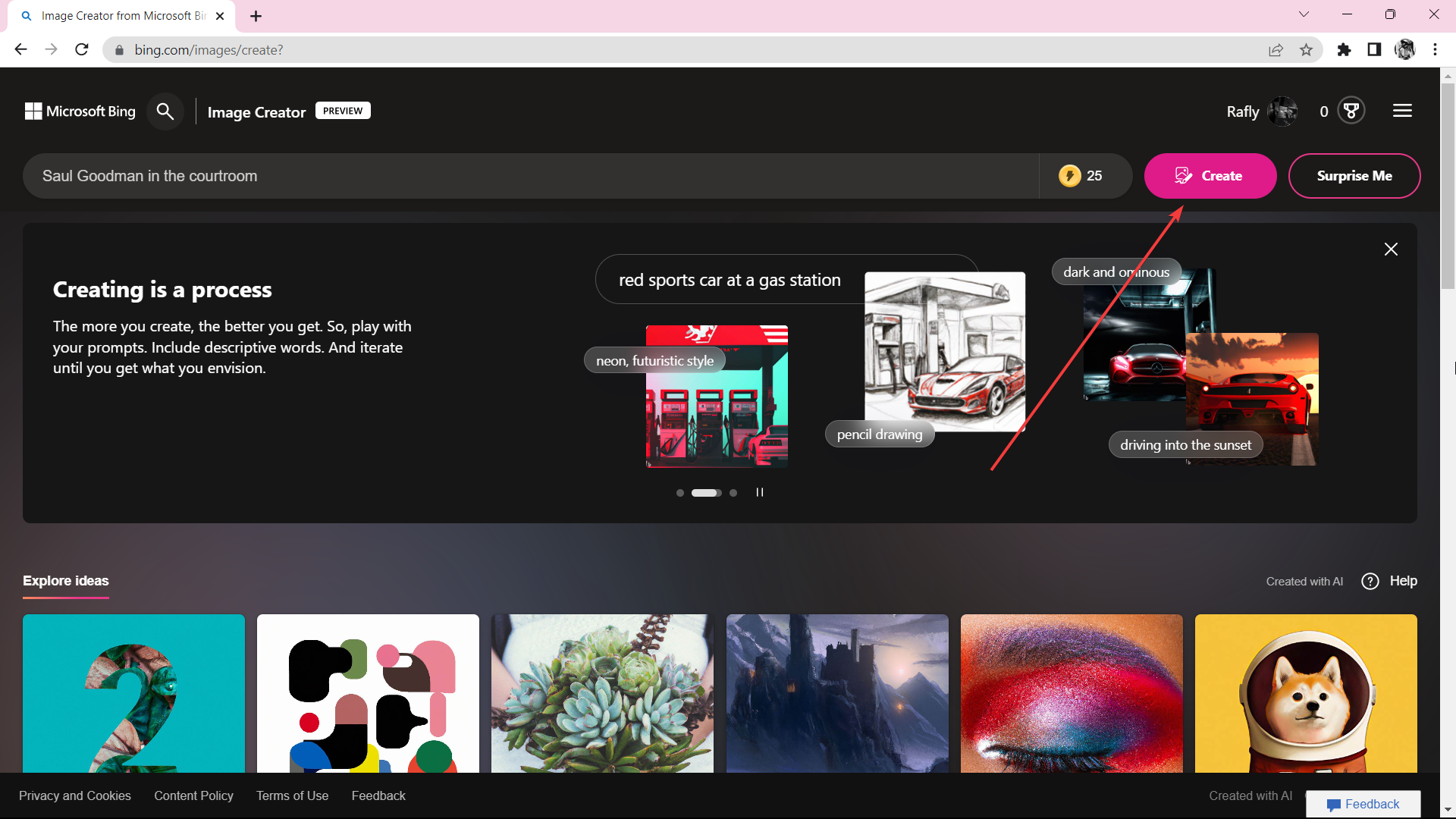
- An example: Can you create an image of a person that smiles? The person should have blue eyes, pink hair, carrying a black backpack and a camera on hand.
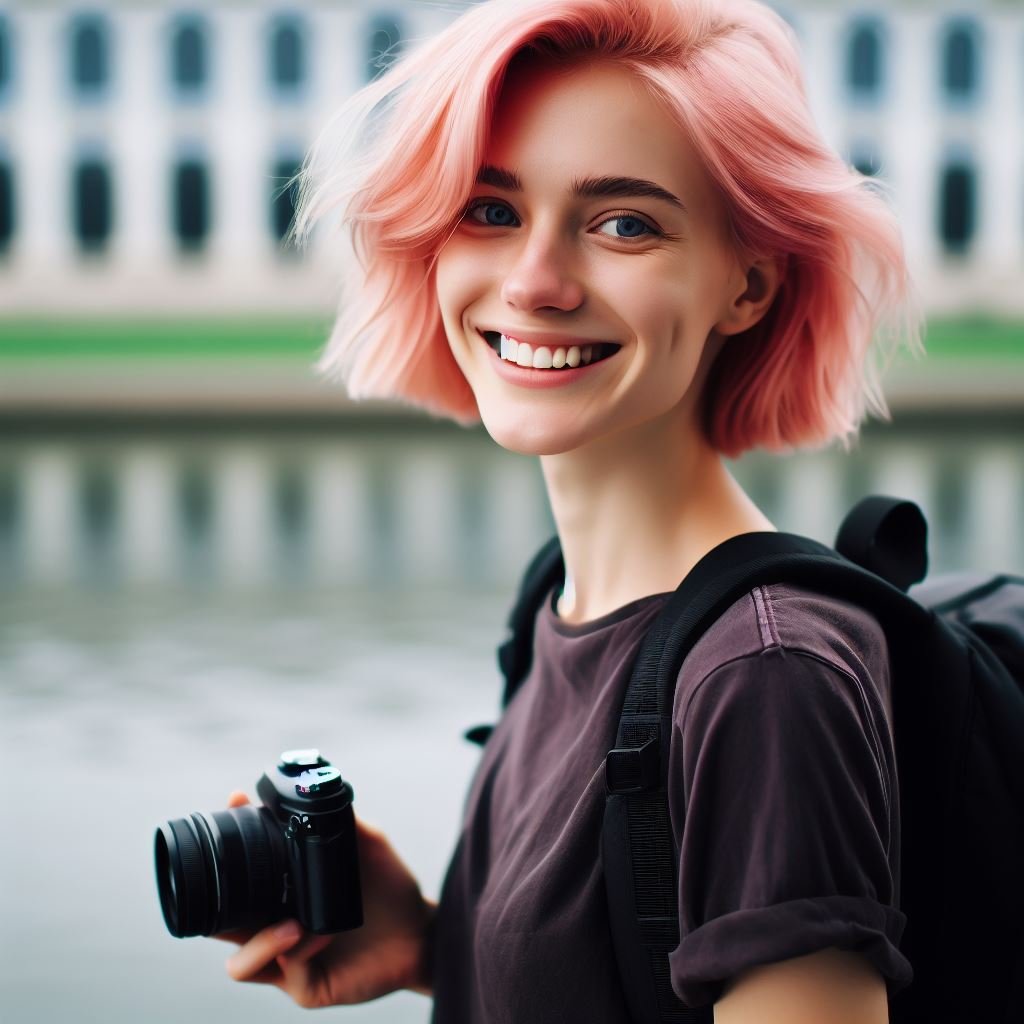
2. Image editing
Once you’ve generated your image, there may be certain aspects you don’t like or would like modified. Instead of creating a whole new image, you can select specific parts, enter a text prompt and only that part of the image will be edited.
- Navigate to your browser and log in to ChatGPT. (You’ll need to be on the Plus plan to access DALL-E on ChatGPT4).
- In the text prompt, provide a description of an image you’d like to generate and wait for ChatGPT to create it.
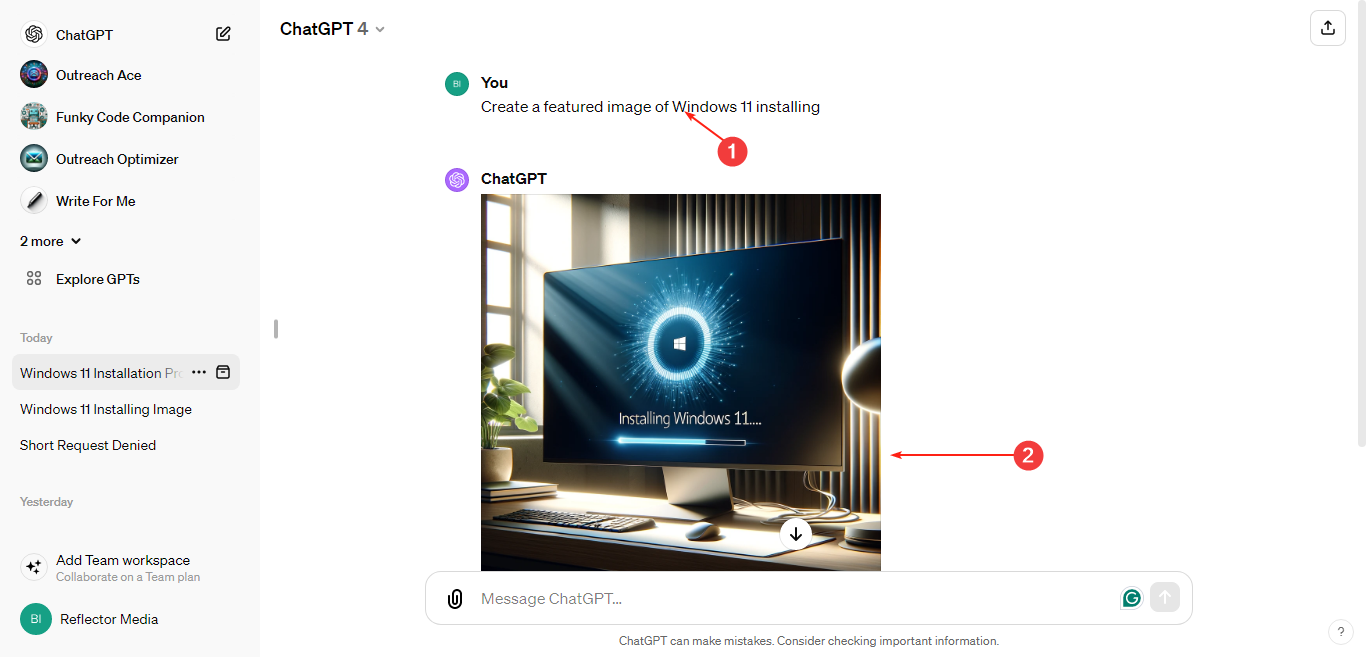
- Next, click on the image and select the edit button.
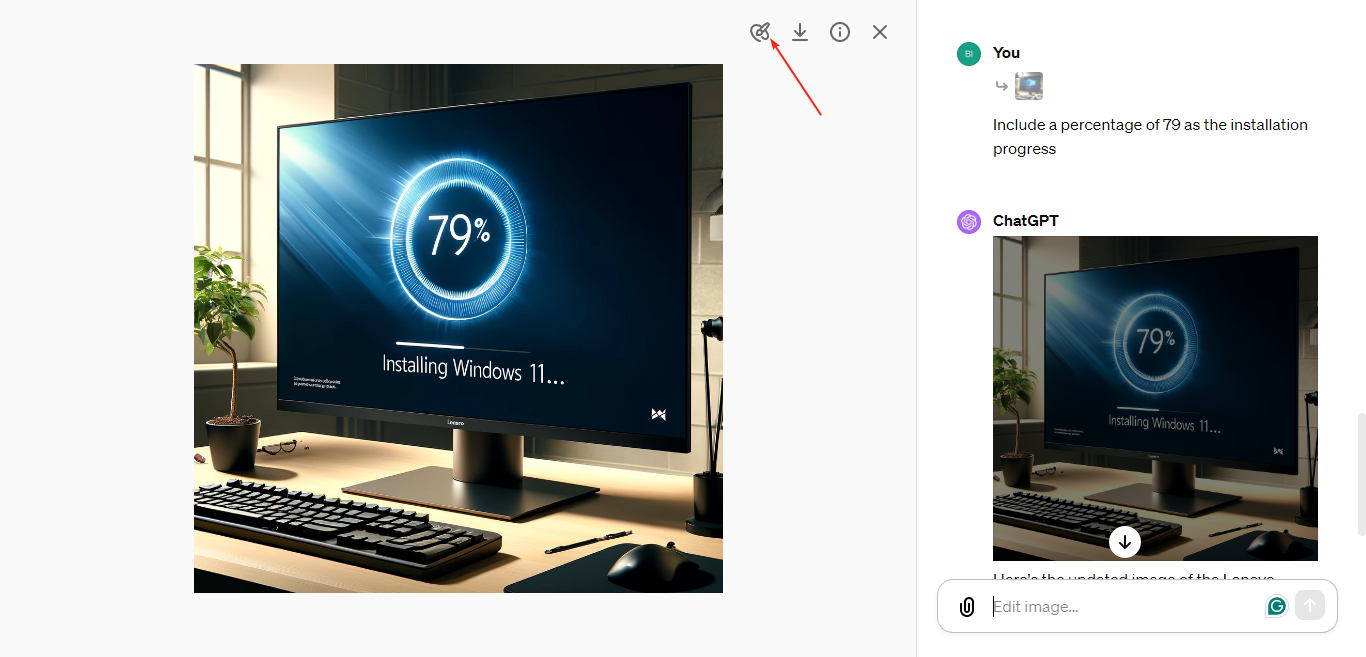
- You can select the specific area you’d like to edit and on your right in the text prompt, describe the edits. For instance, in this particular image, we want to include a PC brand and ensure it is displayed on the PC.
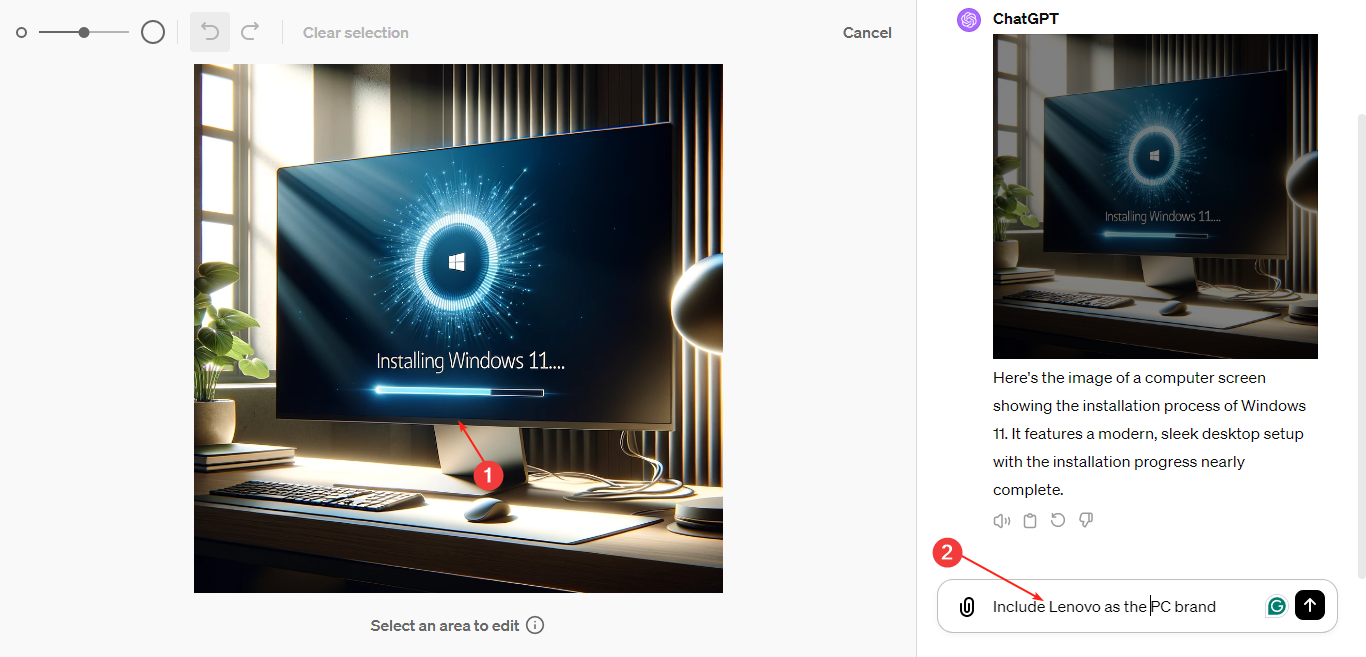
- Wait for the edits and view the updated image. Next, we want to remove the name Lenovo from the screen and include a progress percentage. Enter the prompt in the textbox and wait for the updated image.
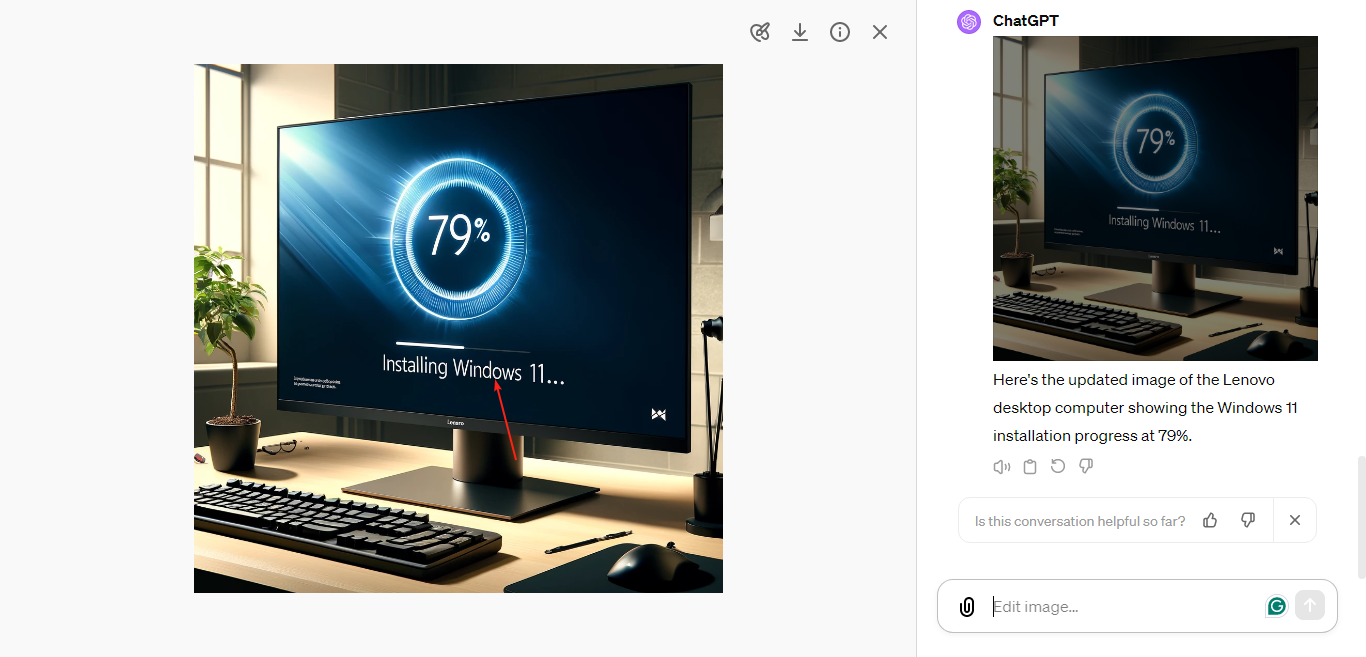
- Further, we want to change the color of the PC to be more vibrant so we task DALL-E to change it to white.
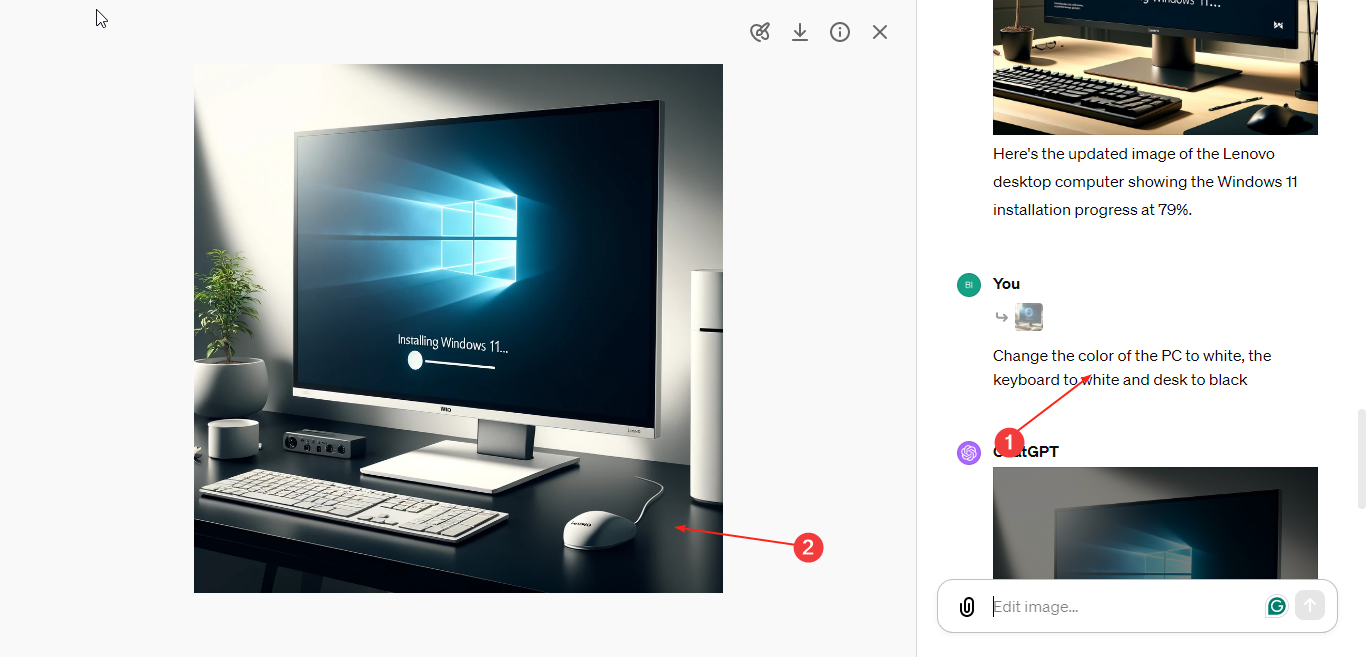
- Next, you can include more items in the picture. For instance, we add a cup of coffee.
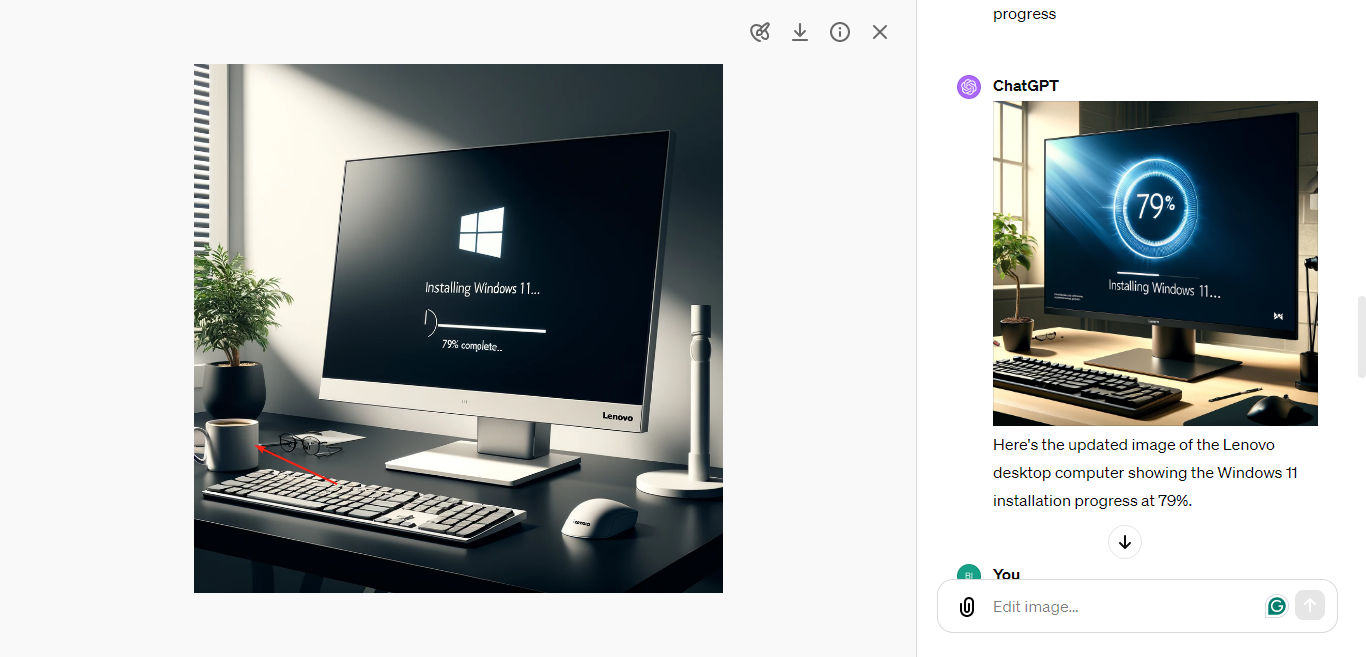
Advantages and disadvantages of DALL-E 3
Advantages
- Saves time – DALL-E 3 significantly reduces the amount of time you’d otherwise spend creating images and editing them using traditional photo editing tools.
- High-quality images – The quality of edited images diminishes as you edit or transfer from one program to another. With DALL-E 3, you generate a quality image immediately with no need for further editing.
- Highly customizable – If you do not like the image generated with DALL-E, you can adjust the keywords and a new image will be generated with your preferences included.
Disadvantages
- Limited understanding – As much as DALL-E works with the keywords provided, it may struggle to understand topics with deeper context hence a mismatch in the images generated.
- Diminished quality – With AI improvement and the introduction of newer iterations, the quality of earlier versions tend to degrade for users to switch. There have already been several complaints about the image quality of DALL-E 3.
- Costly – It’s no lie that ChatGPT Plus comes at a cost. While some users can afford it, others can’t so an alternative is a much-welcome option. Microsoft’s AI image generator is free so you may want to explore it and see how it compares to DALL-E 3.
- Ethical implications – Even though AI-generated images are high quality, they lack that human aspect and one can almost always tell that it is not a real image. Such issues can taint the authenticity of a product or service.
Best practices when using DALL-E 3
- Experiment with different prompts – Although DALL-E 3 can generate images, it is limited to some extent. Some images are prohibited so familiarize yourself with the terms and conditions to avoid legal repercussions.
- Use clear and concise descriptions – As much as DALL-E 3 understands concise prompts, accurate descriptions equal accurate generations. Avoid ambiguous statements that can be misrepresented.
- Refine text prompts – Make use of the DALL-E 3 edit feature to refine your prompts for better results.
- Update your apps/browsers – Most features work best when there are no compatibility issues. Keep your OS, browser and associated app up-to-date for improved efficiency and best results.
Image generation is not only on DALL-E 3. You can also try with Fotor AI or Ideogram AI and draw comparisons. Koala AI also claims to be five times faster than DALL-E and is also forgiving on your system resources so why not give it a spin?
Hopefully, you have a clear picture of DALL-E 3 and how to manoeuvre when using it for image generation. Have you tried its features? How would you rate it? Anything that requires improvement? Let us know in the comment section below.

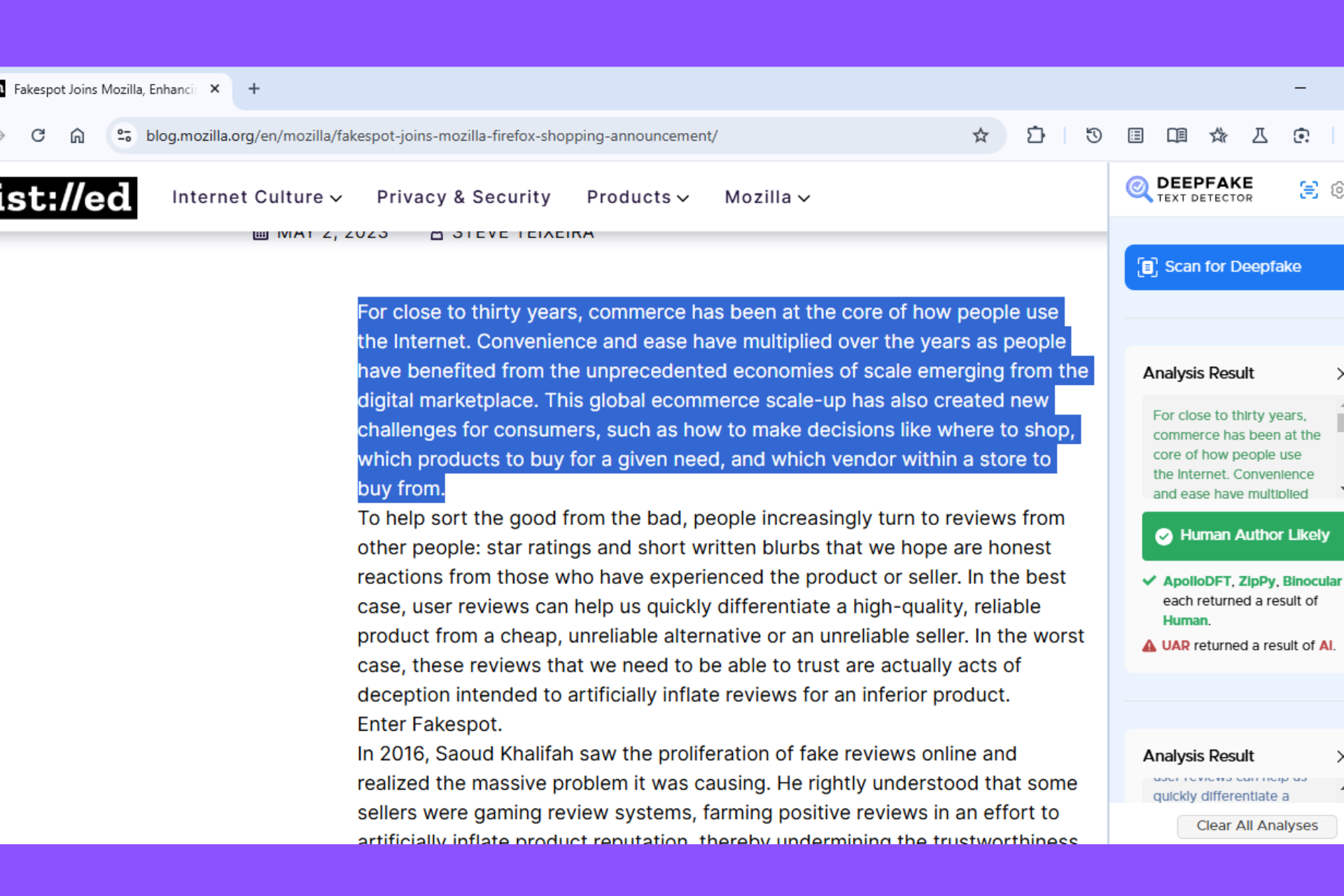
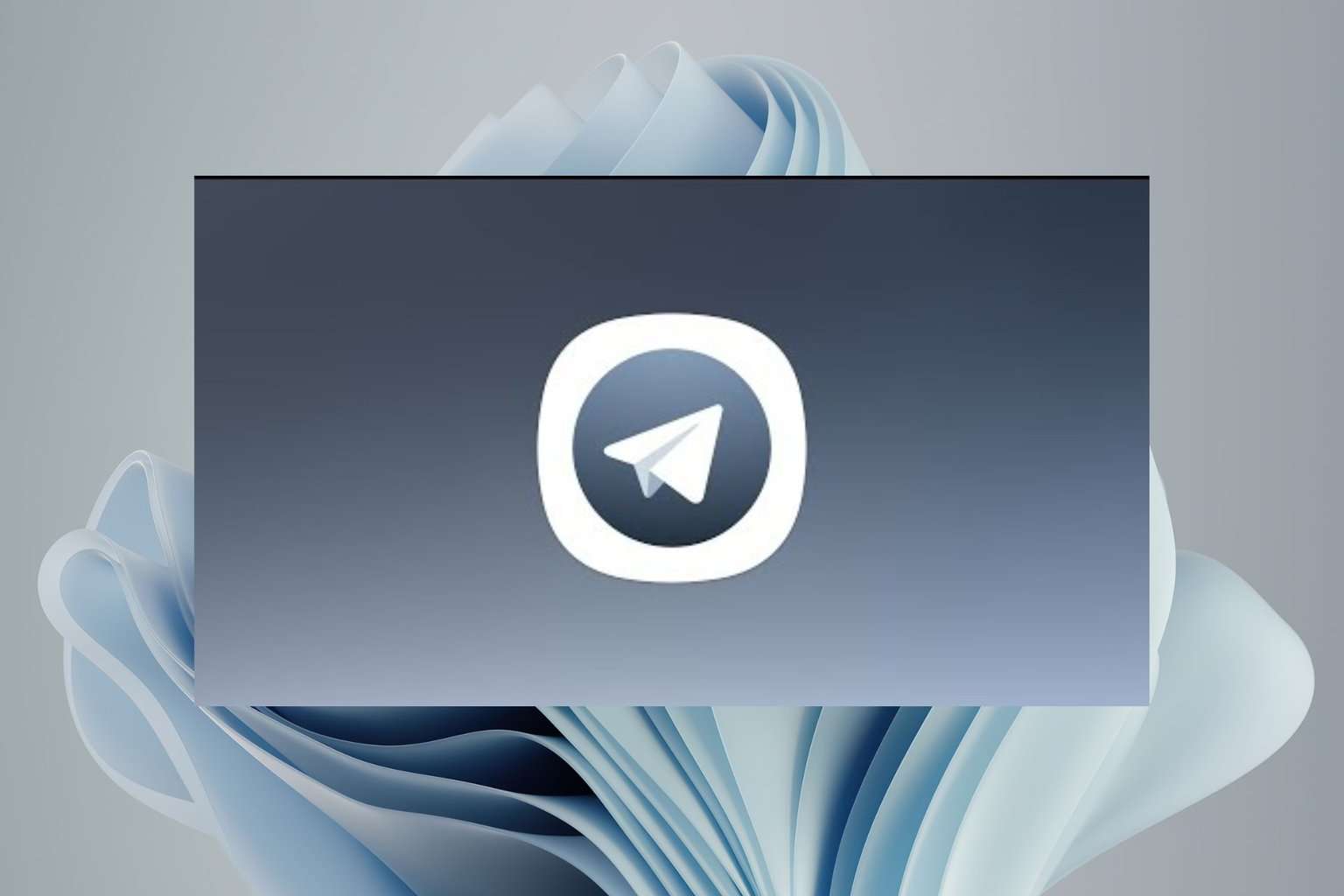
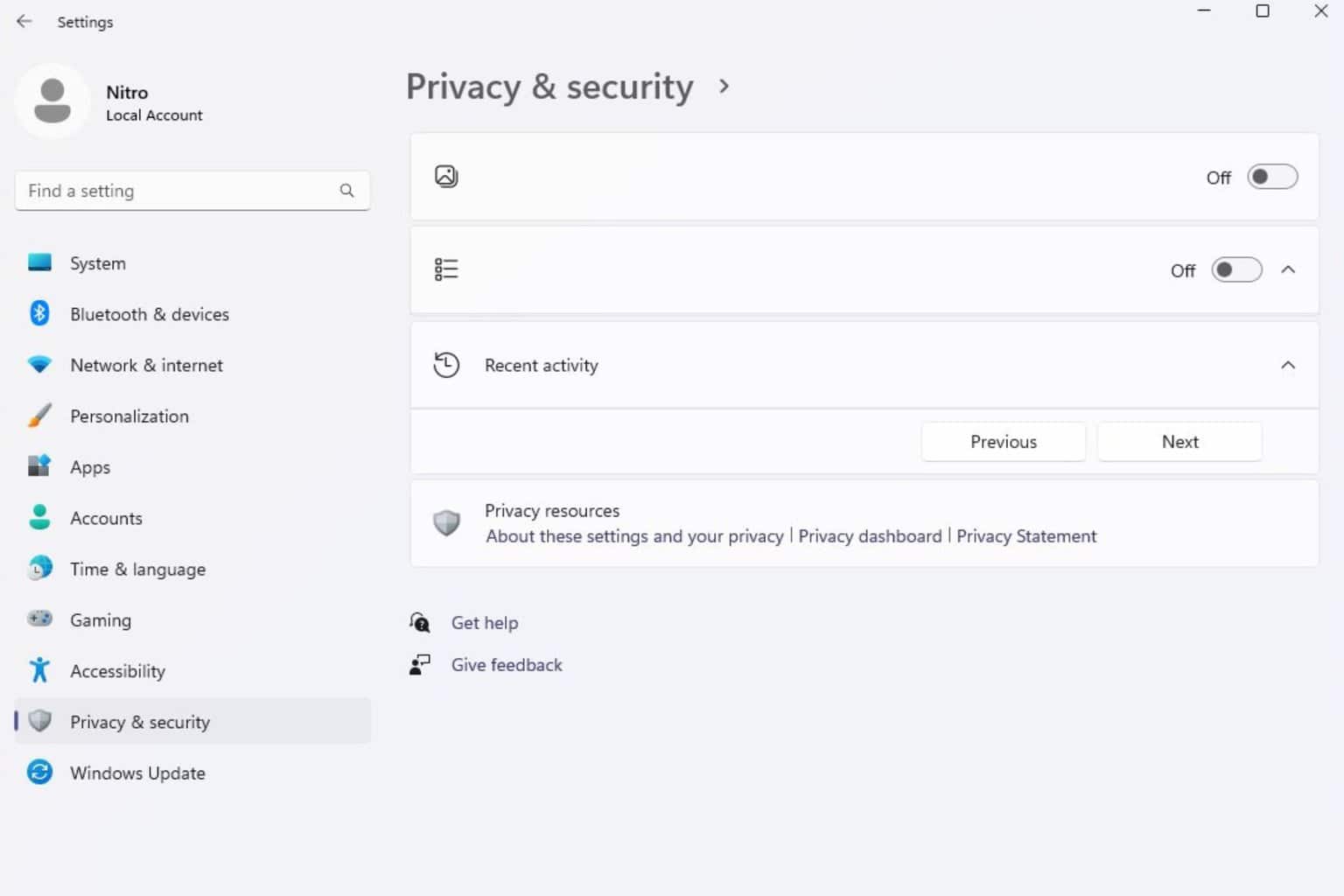
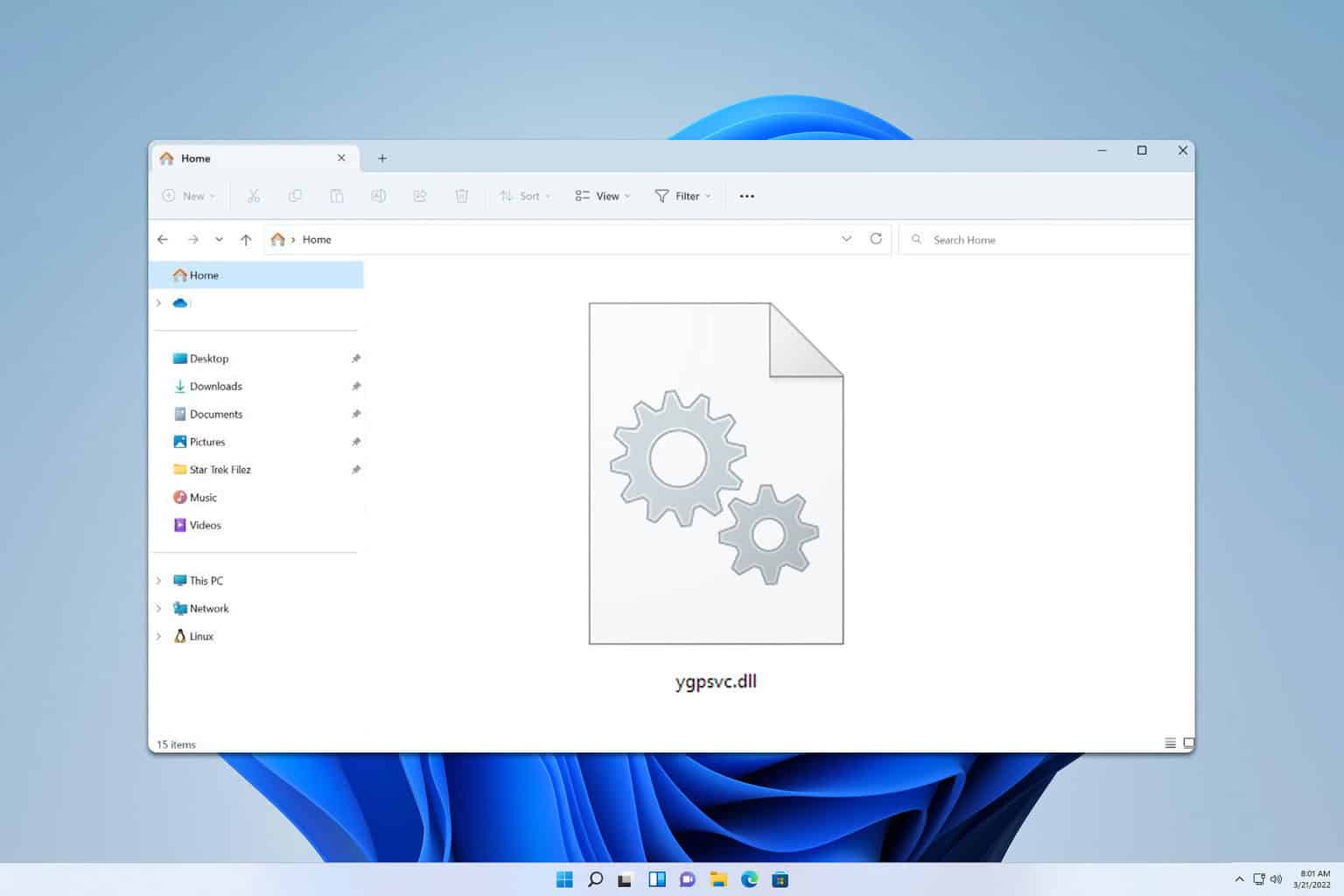
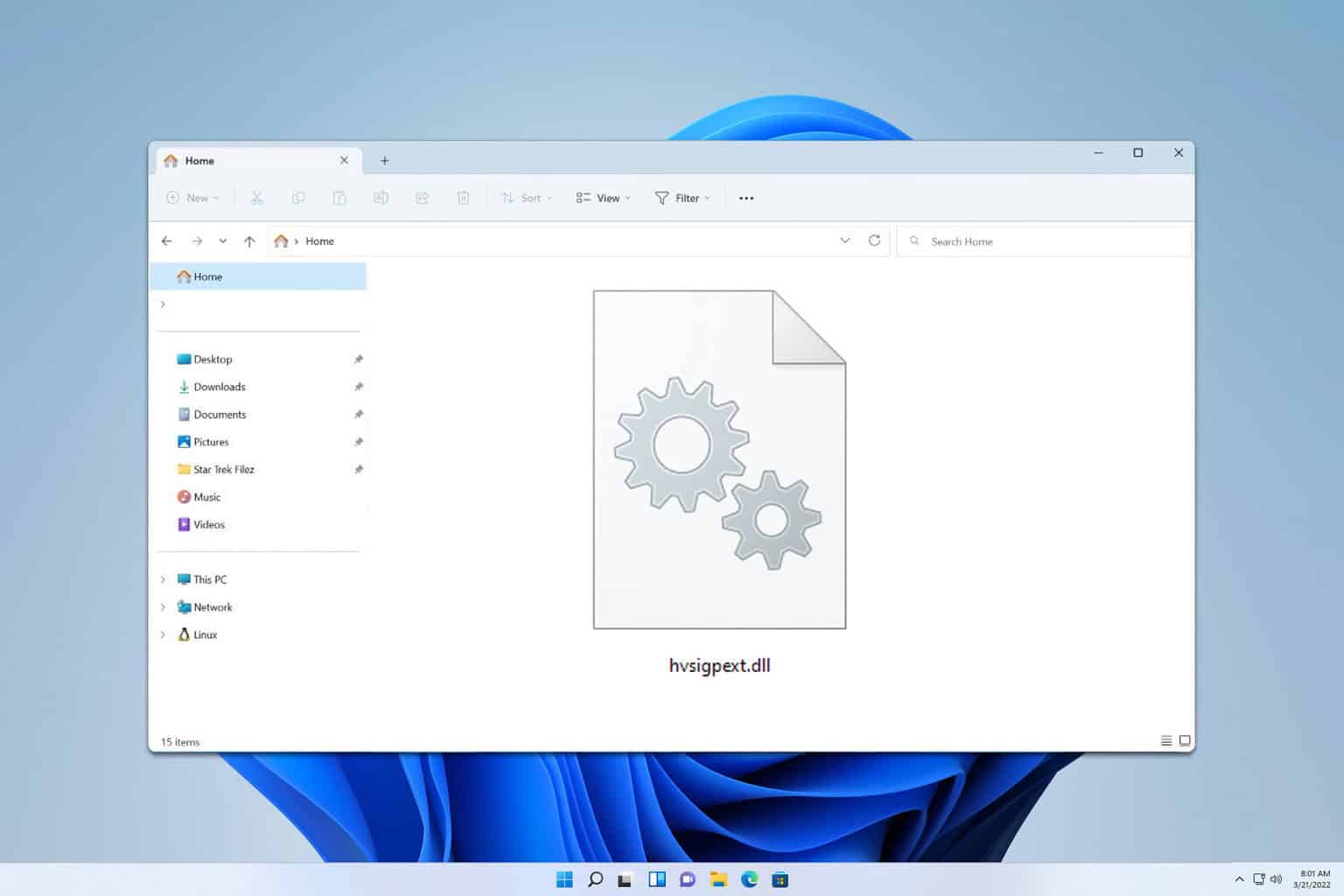
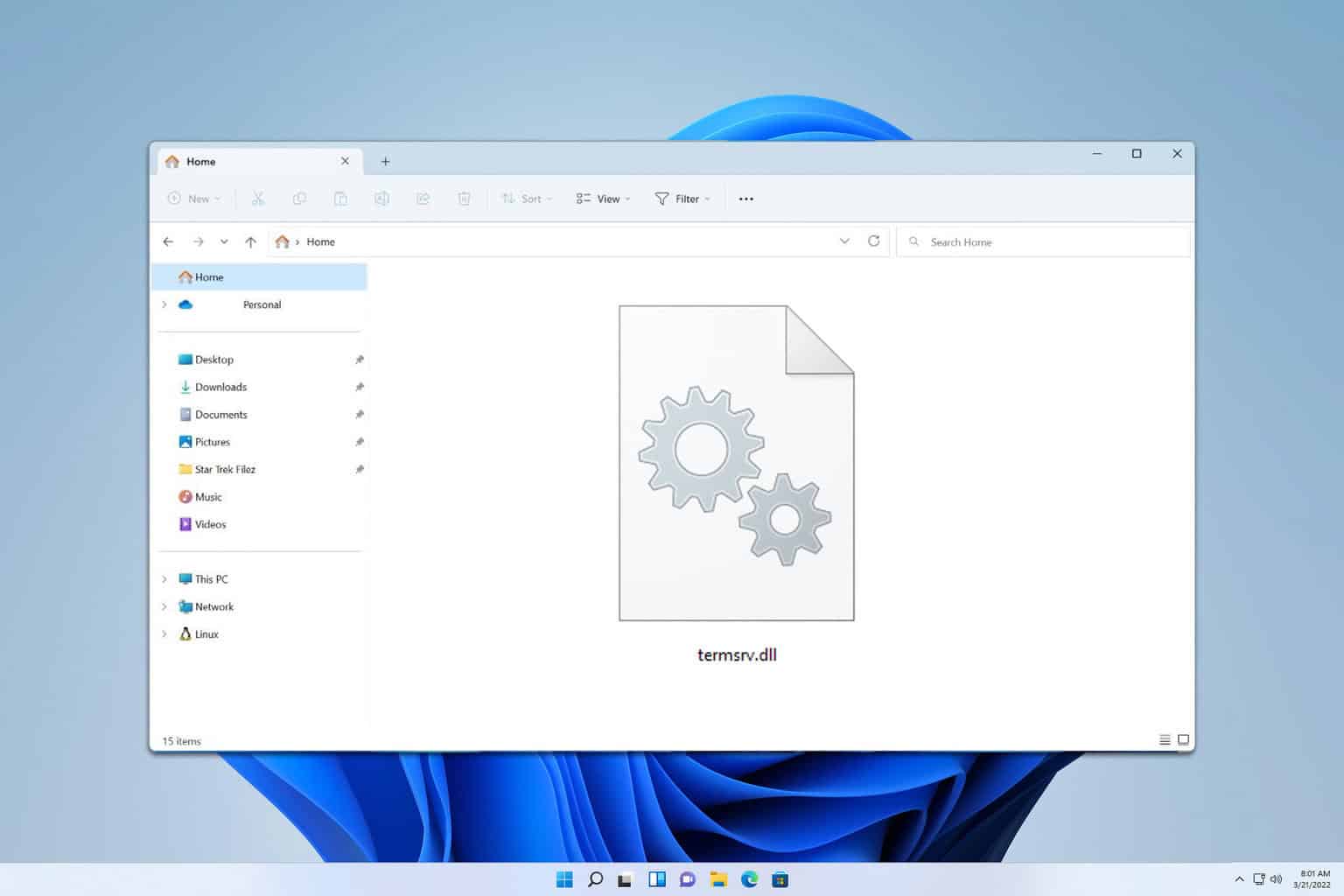
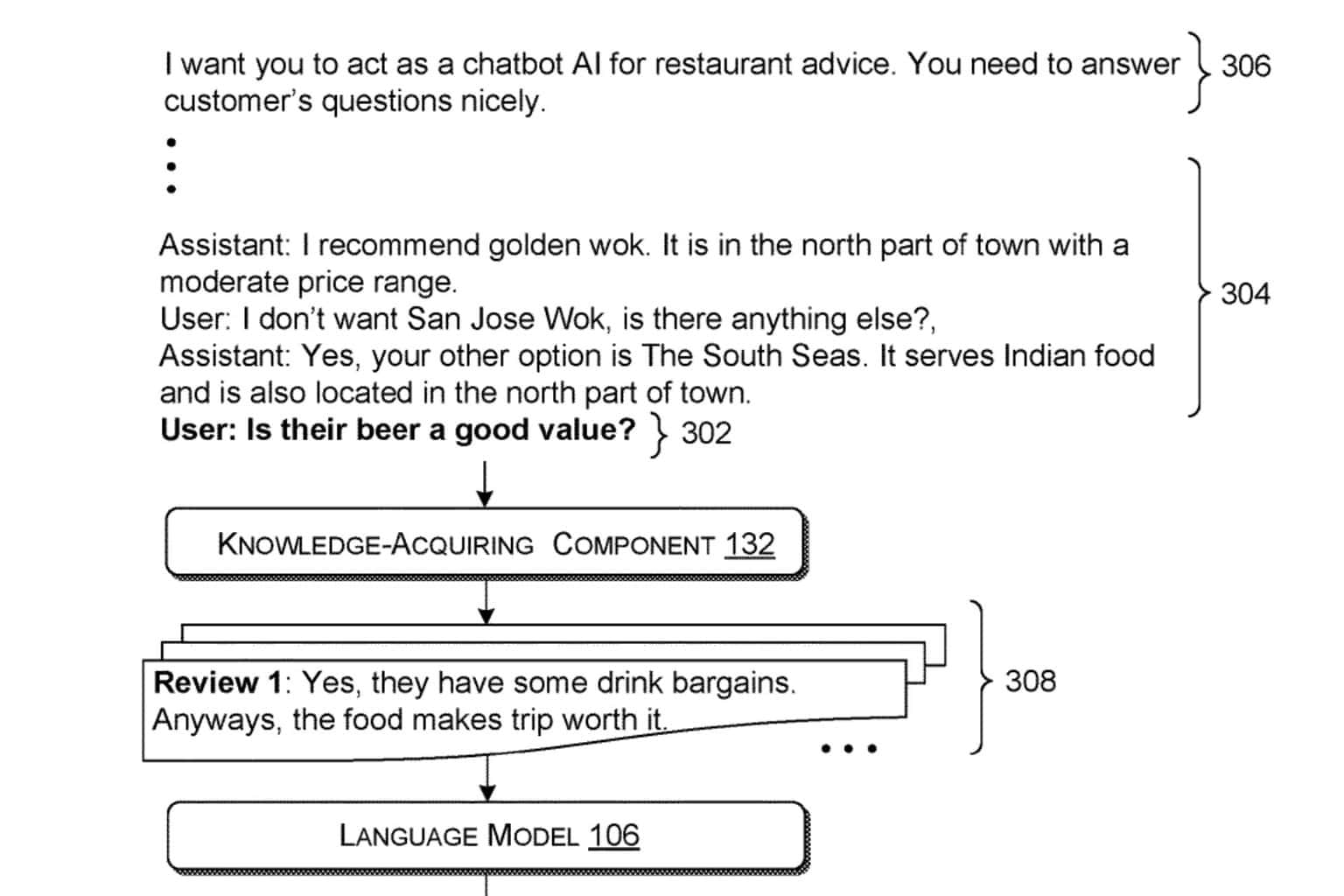
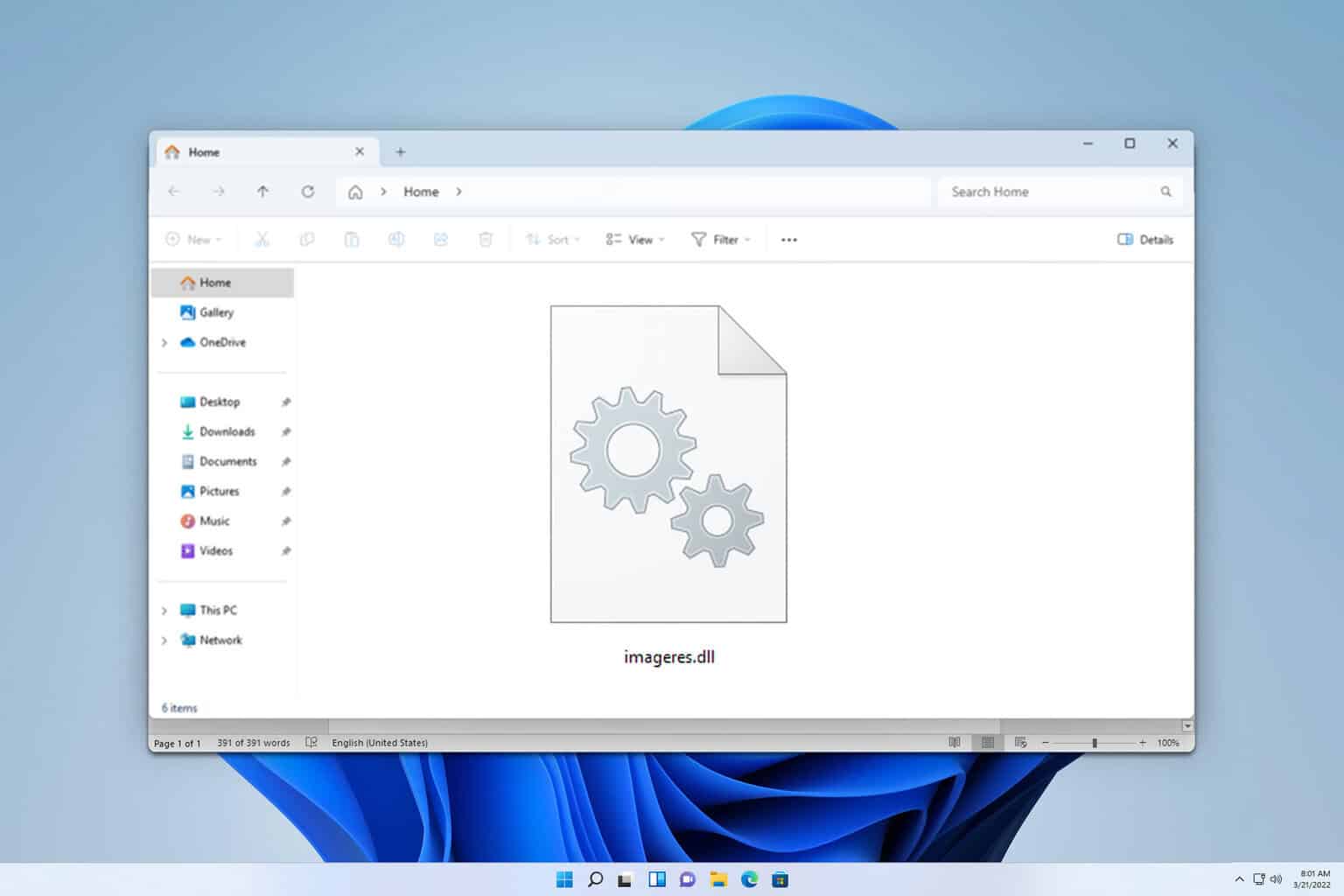
User forum
0 messages